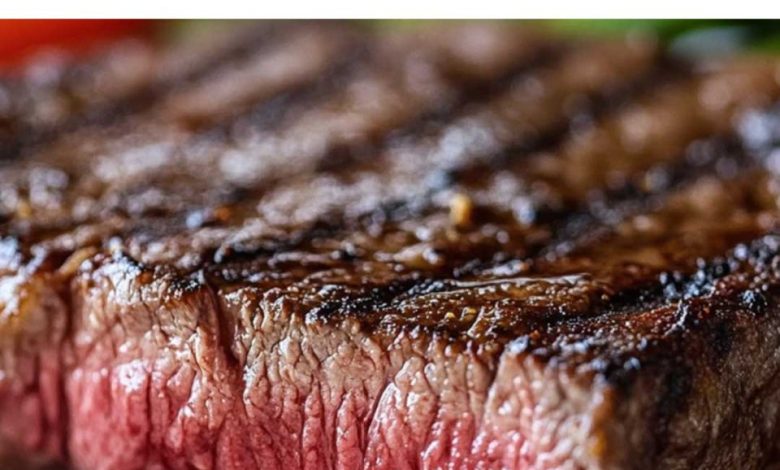Oh wow, I didn’t know this

Many people are hesitant to eat rare steak, often due to a common misunderstanding about the red juice that seeps out when it’s cut. While it might look alarming, it’s not blood. Let’s explore what it really is and why it’s perfectly safe to enjoy.
ADVERTISEMENT
Understanding the Meat
ADVERTISEMENT
To understand the red juice, we need to know a bit about meat composition. Meat is primarily made up of water, proteins, and fats. One of these proteins, myoglobin, is responsible for the meat’s color and the red juice you see.
ADVERTISEMENT
Myoglobin: The Red Pigment
Myoglobin is a protein that stores oxygen in muscle cells. It’s similar to hemoglobin, the protein that carries oxygen in your blood. The more myoglobin a muscle has, the redder the meat. This is why dark meat, like beef and lamb, is redder than white meat, like chicken or fish.
Not Blood, But Myoglobin
The red juice isn’t blood because most of the blood is drained during the slaughter process. Instead, it’s a mixture of water and myoglobin released from the muscle fibers as the meat cooks. This fluid is completely safe and a natural part of the meat’s composition.
Cooking and Color
As the steak cooks, the myoglobin changes color. In a rare steak, it remains red. In a medium-rare or medium steak, it starts to turn brown. In a well-done steak, it’s completely brown.
A Sign of Juiciness
The red juice is actually a sign of a juicy steak. It means the meat is tender and full of flavor. So, don’t be afraid to enjoy a rare steak. The red juice is a natural part of the experience.
Nutritional Benefits
The juice from a rare steak also contains nutritional benefits. Myoglobin is a source of iron, which is important for your health. It can help prevent iron deficiency anemia.
The next time you see a rare steak with red juice, remember it’s not blood. It’s myoglobin, a protein that gives the meat its color and contributes to its juiciness. So, enjoy your steak without worry!




